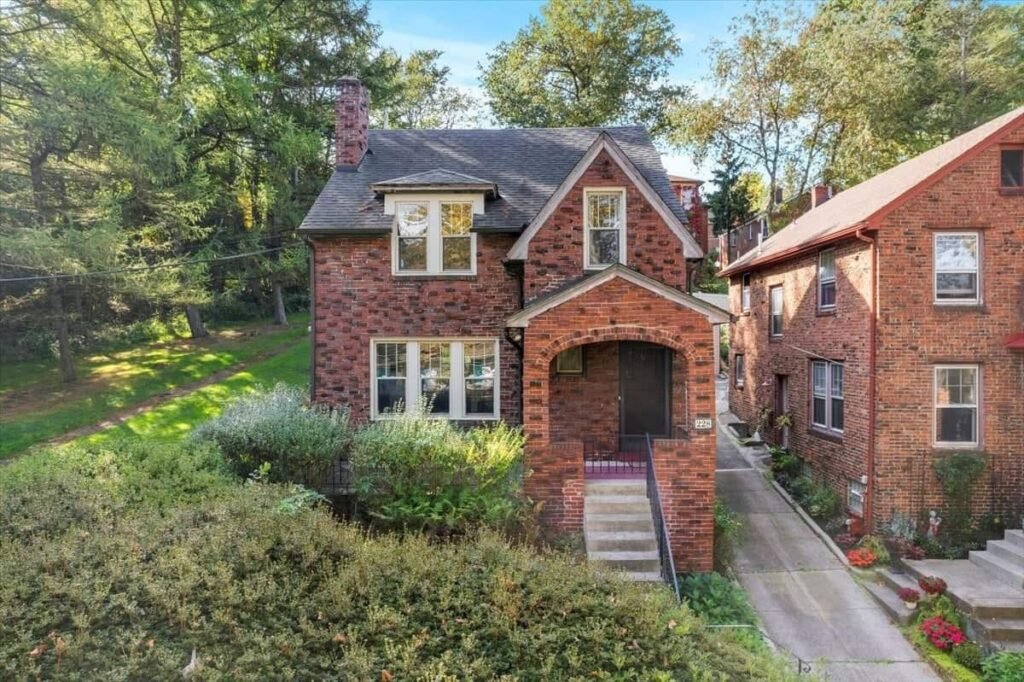Important points to remember
- Prices that end in ‘990’ or ‘900’ can create a perception of value, while round numbers may indicate prestige.
- The initial price a buyer sees sets the tone for real estate pricing psychology and influences all future negotiations.
- Pricing strategies should be tailored to the seller’s primary objective: achieving the highest possible price or selling the property quickly.
When it comes to selling a property, the chosen price is the most critical factor, impacting not just finances but also human psychology. Setting the right price involves how potential buyers perceive value, compare properties, and react emotionally to the price tag.
Understanding real estate pricing psychology can give sellers a competitive edge, attracting more interest, generating competitive offers, and securing a successful sale. In this article on real estate psychology, we delve into the intricacies of pricing and how to leverage them for the best results when selling your property in Kansas City or Ann Arbor.
Unveiling the psychology behind property prices
Real estate pricing psychology examines the cognitive shortcuts, biases, and emotional responses that influence a buyer’s decision-making process upon seeing a listing price. Instead of analyzing every detail, buyers rely on subconscious rules to determine if a price is fair or a bargain. Several psychological effects play a significant role in shaping this perception:
The anchoring effect
The first price a buyer encounters becomes their mental “anchor.” This initial price establishes the standard by which all subsequent prices, including price drops or counter-offers, are evaluated. A high anchor can make a subsequent lower price seem like a fantastic deal, while an excessively high anchor may deter buyers altogether.
The odd-even pricing effect
Odd-even pricing, known as “charm pricing,” involves ending a price just below a round figure (e.g., $499,000 instead of $500,000). This taps into the brain’s tendency to process information from left to right, creating a perception of the price belonging to a lower range.
The decoy effect
Presenting three homes for sale, two similarly priced and one slightly more expensive, often makes the middle-priced home appear as the best value. The slightly pricier home acts as a decoy, making the target home more appealing by comparison. Comparative market analysis is crucial for pricing strategies as buyers use neighboring properties as reference points.
Implementing real estate pricing psychology in your listing
To effectively apply real estate pricing psychology principles, a well-defined strategy aligned with your selling objectives is necessary:
- Align your price with your primary goal
- If your aim is a quick sale: Opt for an aggressive charm price (e.g., $499,900) to attract more viewings and potentially spark a bidding war that drives the price up above the asking price.
- If maximizing the final sales price is your priority: Set a price at the higher end of the range to establish a high anchor. This allows room for negotiation while creating high expectations from the outset.
- Choose the appropriate price ending. The final digits of your price can convey a strong message.
- $X99,900: Indicates value and is effective for mass-market listings, triggering the odd-even pricing effect and signaling a great deal.
- $X00,000: A round number conveys luxury, simplicity, or prestige, suitable for higher-end properties signaling premium quality.
- $X50,000: Strikes a balance, avoiding the perception of overpricing while steering clear of appearing too aggressive or low.
- Price near a search bracket. Buyers often search within specific price ranges (e.g., $400,000 to $450,000). To maximize visibility:
- Price just below the threshold. A price of $499,900 will appear in searches for both “up to $500,000” and “up to $400,000” (given a wide enough range).
- Price strategically at a key price point. Understand popular search tiers in your market and position your price to attract the most buyer attention.
Leveraging real estate pricing psychology for a successful sale
The price you set for your property is a potent psychological tool, shaping the buyer’s perception of value from the first interaction and influencing their decision-making process throughout the sales journey.
By mastering the principles of real estate pricing psychology, you go beyond merely listing a property. You start to guide the buyer’s thought process, generating stronger interest, and positioning yourself for a prosperous sale.
Common queries answered
Does pricing a home at $499,000 yield different results than pricing it at $500,000?
Studies and market data consistently show that prices ending in ‘9’ are perceived as lower, leading to increased inquiries and showings despite a small $1,000 difference.
Can overpricing a property harm its chances of being sold?
Undoubtedly. Overpricing often results in prolonged time on the market, fewer showings, and eventual price reductions. A property that lingers unsold for too long can develop a negative stigma, raising doubts among potential buyers.
Is it advisable to set a low price to incite a bidding war?
In a competitive seller’s market, pricing slightly below market value can be a strategic move. This tactic aims to generate significant interest and multiple offers, collectively boosting the final sale price beyond what a conventional fair-market price would achieve.

